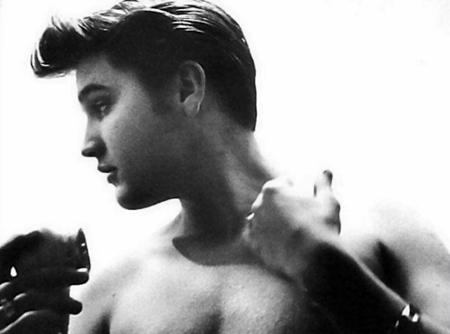MTV changed the music industry on August 1, 1981
Aug. 1, 1981, might not immediately come to mind as an important date in history, but to a generation of music fans, it was monumental. On that day, 35 years ago, a cable TV channel that played music videos around the clock made its debut.
Part of MTV’s impact was that it transformed music into a multi-sensory medium. It wasn’t enough to sound good; suddenly bands had to be hypersensitive to their visual image. The Buggles’ Video Killed the Radio Star was the first video shown who otherwise wouldn’t have found much of an audience on U.S. soil. https://www.youtube.com/watch?v=Iwuy4hHO3YQ. What a fitting song to kickoff the MTV music video craze than a song that is all about how the introduction of television ended the radio era. Besides the glossy silver suit, when you look at the video now-a-days you would never think that people thought of this as “flashy”. The lead singer is not moving at all and the backup singers have very minimal movement. There are not even instruments shown in the video but the whole idea of music videos on the TV was so revolutionary that people automatically gravitated towards it. The song came out a couple of years prior to the launch of MTV. When MTV launched, it featured videos 24 hours a day on every day of the week. MTV creators knew its cultural and musical impact would be huge, and the selection of ‘Video Killed the Radio Star’ served as the perfect harbinger for its impending significance. It also showcases the rebellious nature of rock and roll.
MTV initially had a limited audience. Cable television was not widely available in the early 1980s. As the popularity and scope expanded, MTV began to effectively define popular culture and the music industry in an unprecedented manner. Popular music became more visual. Dancing styles and clothing styles became increasingly more important. It also helped break the color barrier for popular music on television. Michael Jackson’s ‘Billie Jean’ video was shown in 1983 and helped MTV and Jackson gain in popularity. https://www.youtube.com/watch?v=Zi_XLOBDo_Y ‘Billie Jean’ exemplifies the flamboyance that pop music brought to the 80’s. The video showcases the brilliant vocal range and dance moves the the talented young Michael Jackson. Also, a stark comparison from Michael Jackson’s ‘Billie Jean’ and the Buggles’ ‘Video Killed the Radio Star’ was how much more of a story Michael Jackson told on screen. As you follow Michael Jackson roaming the dark city streets and getting into indiscriminate shady deals behind alley ways, it brings out an air of mystery and danger that you would get to experience by just listening to the steady tempo of the song ‘Billie Jean’. While watching the video the timbre of the song becomes dark and cool like you are getting thrown into the city night as you follow the illuminated path of Michael Jackson.
Record sales spiked for artists shown on MTV. Soon the music video became an effective marketing tool for record companies. For artists the video developed into an avenue that expanded creative boundaries and embraced and propelled technological advances, Lewis said. The increased importance of music’s visual element had a number of effects on the music industry as a whole. Jackson led to Lionel Richie, Billy Ocean and other black musicians, though leery network executives had to be persuaded all over again when rap became popular.
MTV’s impact was immense during the 1980s. It made artists like Madonna and Guns N’ Roses into stars.Some bands that were less talented but had great visual appeal became more popular. MTV did not only affect the music industry but also, arguably the political realm as well. Bill Clinton was a constant presence on MTV in 1990-91. His outreach and charm pulled the young generation in because he felt so much more relatable than the other politicians running. Not saying that this was a direct correlation to the results of the election but he did ended up being elected president.
However, if you turn on MTV today, you’ll have a hard time finding any videos at all. The network began to back away from playing music videos in 1992, and started introducing the debut of the first reality show, The Real World, which had a huge impact on the television industry . MTV still offers a perspective of popular culture, but that it also is limited. Now there are more avenues that define popular culture, offering more diverse perspectives, I don’t think that MTV can return as the singular defining force of popular culture that it once was.
Word Count: 787
Work cited:
Marks, Creig. “The Golden Age of MTV – And Yes, There Was One.” NPR. NPR, 6 Nov. 2011. Web. 06 Dec. 2016.
Okla, Ben. “The Latest US and World News.” USA Today. Gannett Satellite Information Network, n.d. Web. 06 Dec. 2016.
Video Made the Radio Star.” CNN. Cable News Network, 1 July 1998. Web. 06 Dec. 2016.
MichaeljacksonVEVO. “Michael Jackson – Billie Jean.” YouTube. YouTube, 02 Oct. 2009. Web. 06 Dec. 2016.
Fritz5173. “Buggles – Video Killed the Radio Star 1979.” YouTube. YouTube, 16 Jan. 2008. Web. 06 Dec. 2016.

